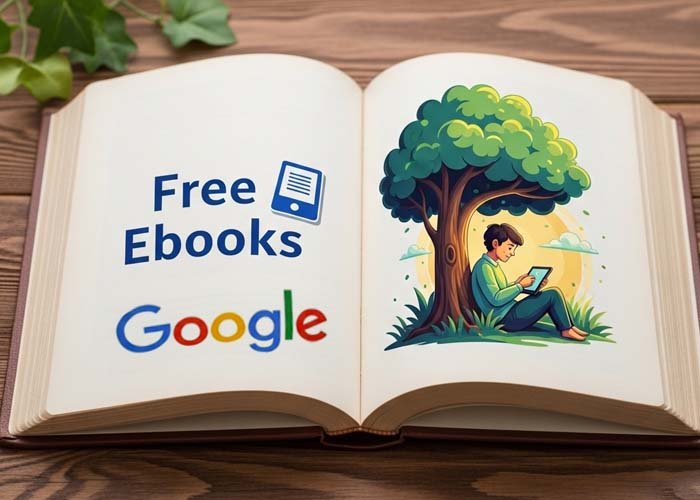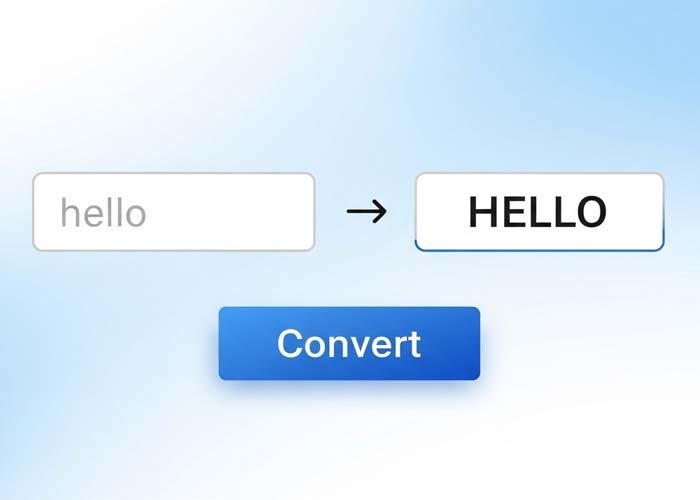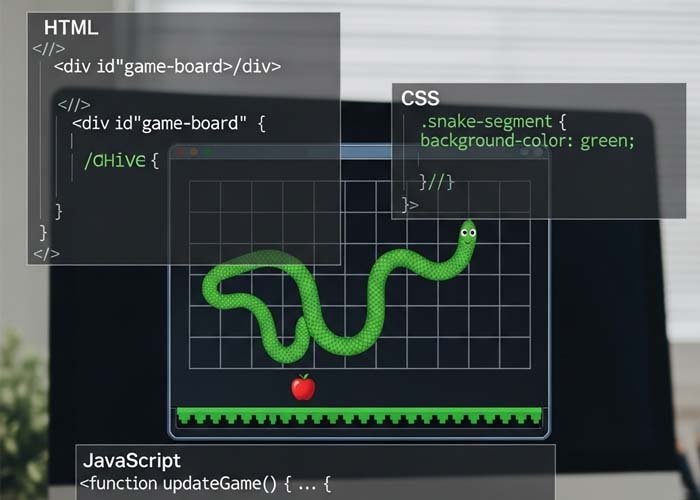Glowing Hydrogen Element Card Using Only HTML & CSS
Creating visually engaging UI components doesn’t require complex libraries — sometimes, all it takes is pure HTML and CSS. In this tutorial, you’ll learn how to design a glowing Hydrogen element card inspired by periodic table tiles. This glowing card effect mimics a neon tube design, perfect for modern educational websites or science-themed web apps.
What This Element Card Does
This glowing Hydrogen card:
Displays the atomic number, symbol, and element name.
Uses soft glowing effects and shadows for a “neon tube” look.
Highlights with extra glow on hover, enhancing interactivity.
This effect is achieved entirely through CSS variables, shadows, and hover transitions — with no JavaScript or external plugins involved.
Breakdown of the Design
1. Element Structure
The HTML is structured with three simple parts:
A number (
<span>) to show the atomic number.A symbol (
<div>) for the chemical abbreviation.A name (
<p>) for the element’s full name.
All wrapped inside a div with the class gas hy, which applies the styling for Hydrogen.
2. Glowing Effect
The glow is created using multiple layers of box-shadow:
Inset shadows create depth and inner glow.
Outer shadows provide the neon light effect.
The
text-shadowon the symbol enhances the neon appearance.
The --color CSS variable sets the specific glow color — in this case, bright green for Hydrogen.
3. Hover State
On hover, the Hydrogen card becomes:
Brighter with
filter: brightness(120%)Surrounded by an intense drop-shadow glow, simulating the feel of an active neon sign.
These small enhancements add interactivity and make the card feel responsive to user actions.
Why This Effect Works
Glass-like container: Inset and outer shadows give it a transparent, glassy look.
Neon glow: Mimics realistic tube lighting with layered shadows and brightness filters.
Customizable: You can easily change the glow color using the
--colorvariable.Lightweight: Uses no images or JS — just clean, semantic HTML and efficient CSS.
Use Cases
This glowing element card effect is ideal for:
Educational websites (chemistry or science topics)
Periodic table visualizations
Sci-fi or neon-themed websites
Interactive dashboards or learning platforms
You can scale this concept to show all elements from the periodic table or use it as a creative card component.
Learn and Practice
On platforms like Learn Code Online Free Of Cost, users can:
See this glowing card in live preview.
Practice customizing glow colors for other elements.
Modify padding, font sizes, or hover effects to match their projects.
Final Thoughts
This Hydrogen element card showcases how CSS variables and shadows can work together to build stunning, glowing effects. It’s a perfect example of design simplicity meeting visual creativity. Whether you’re building a periodic table or just want unique cards, this effect is a great addition to your HTML & CSS toolkit.
This code uses HTML and CSS only — no JavaScript included.
Copyright – 2025 csemszepp
Permission is freely granted to anyone who obtains a copy of this software and its accompanying documentation files (referred to as “the Software”), allowing them to use, copy, modify, merge, publish, distribute, sublicense, and even sell copies of the Software. Additionally, users are allowed to permit others to use the Software under these same terms.
It is required that the above copyright notices and this permission notice be included in all versions or significant portions of the Software.
Please note, the Software is provided “as is”, without any form of warranty—express or implied. This includes, but is not limited to, warranties of merchantability, fitness for a specific purpose, or non-infringement. Under no circumstances shall the original authors or rights holders be held responsible for any claims, damages, or other liabilities that may arise from the use of the Software, whether through legal action, negligence, or otherwise.
All code on Freeofcosts.com is reviewed before publishing. Each post includes a live code editor with real-time preview, so you can experiment and learn by doing. Most code is open-source and free to use or modify under respective licenses.



